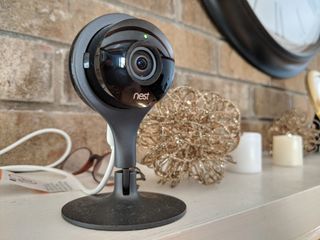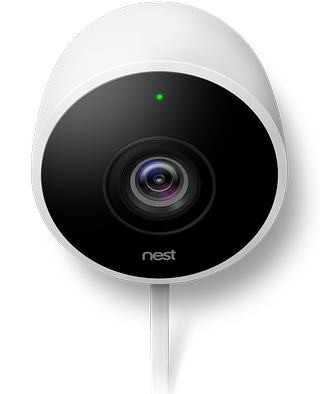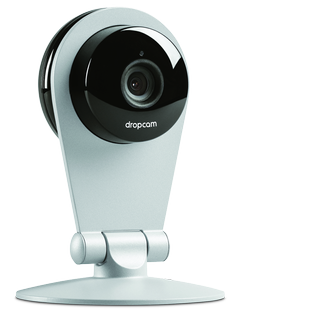How much bandwidth do Nest cameras use?

Best answer: When comparing the entire Nest Camera family, the bandwidth usage ranges from as low as 125 Kbps with the Nest Hello video doorbell all the way up to 4,000 Kbps with the Nest Cam IQ Outdoor or Indoor.
- Amazon: Nest Cam Indoor ($179)
- Amazon: Nest Cam Outdoor ($172)
- Amazon: Nest Dropcam ($185)
How much data is used?
Nest has really expanded its range of products over the course of the past few years. With this expansion, this means that there have been some major leaps in camera quality. However, with a better camera, that usually means that more data is being used and consumed on your various devices.
The perfect example comes via either the Nest Cam IQ Indoor or IQ Outdoor. These cameras sport a "maximum upload bandwidth" 4Mbps at full 1080p resolution. On the low-end of things, these same cameras can be reduced to just 0.8Mbps with 720p resolution.
The Nest Cam Outdoor, Indoor, and Dropcam all feature "middle-of-the-pack" bandwidth usage, with a range between 0.15Mbps and 1.2Mbps. Where these differ from the Cam IQ lineup is the lowest resolution with the Low settings coming in at just 360p, but you can adjust the settings and take advantage of 1080p resolution if that's your thing.
Finally, the Nest Hello video doorbell is a little bit different compared to the rest of the cameras. Instead of a standard resolution listing, the video doorbell ranges between 512x384, 1152x864, and 1600x1200 resolutions, depending on which quality and bandwidth setting are being used.
What factors into the bandwidth usage?
Be an expert in 5 minutes
Get the latest news from Android Central, your trusted companion in the world of Android
A few things factor into how much bandwidth is being used by your specific Nest cameras. First and foremost, the resolutions you get depend on how you set everything up from within the Nest application on your smartphone or tablet.
Then, the Nest Camera will take advantage of how much bandwidth is needed based on the "current" situation. If you're streaming video live to your device, the cameras will use more bandwidth during that period of time, but the usage will go down if you stop viewing the stream.
This brings the Nest Aware subscription into play, which offers quite a few different features for the company's array of cameras. With Nest Aware, your cameras will stream video recordings to the Nest cloud servers. This not only allows you to view a live stream whenever you see fit, but you'll also be able to check out your video history timeline from the convenience of your computer.
If you have not signed up for Nest Aware, then your cameras will only upload the video footage whenever someone is watching the live-stream. When the cameras are not actively being watched, then they will only upload "snapshots" of activity to a service provided called Sightline, along with any notifications.
The final factor that plays into the amount of bandwidth being used by your Nest Cameras are the other internet-connected devices in your home. For example, if you are home for the day and are watching Netflix while playing games online, then the Nest Camera will automatically adjust to take advantage of the bandwidth available, but should not interfere with those other activities.
How to adjust the Nest Camera bandwidth
If you decide that you need to change the bandwidth being used by your Nest Camera, the process is pretty simple. All you will need to do is head over to the app, tap the Settings icon, select Quality and bandwidth, then select between Low, Medium, High, or Auto.
The camera will automatically be adjusted to your new choices, but there's one thing to keep in mind. If you want to turn the bandwidth usage but are subscribed to Nest Aware, then your recorded video may not be as crisp as you are expecting. This can cause headaches if a situation arises where the security camera does not pick up all the details that you need in the case of an incident.

Save some data
The Nest Cam Indoor won't break the bank and will still stream at full 1080p HD without taking up too much bandwidth in your home.

Keep an eye on the outside
The Nest Cam Outdoor can easily be placed anywhere outside of your home, and will provide a high-quality video recording of what's going on.

Get the drop
A little bit pricier than our other recommendations, the Dropcam is still a solid choice for those wanting to get started in the world of video monitoring, without sacrificing video quality.

Andrew Myrick is a Senior Editor at Android Central. He enjoys everything to do with technology, including tablets, smartphones, and everything in between. Perhaps his favorite past-time is collecting different headphones, even if they all end up in the same drawer.
